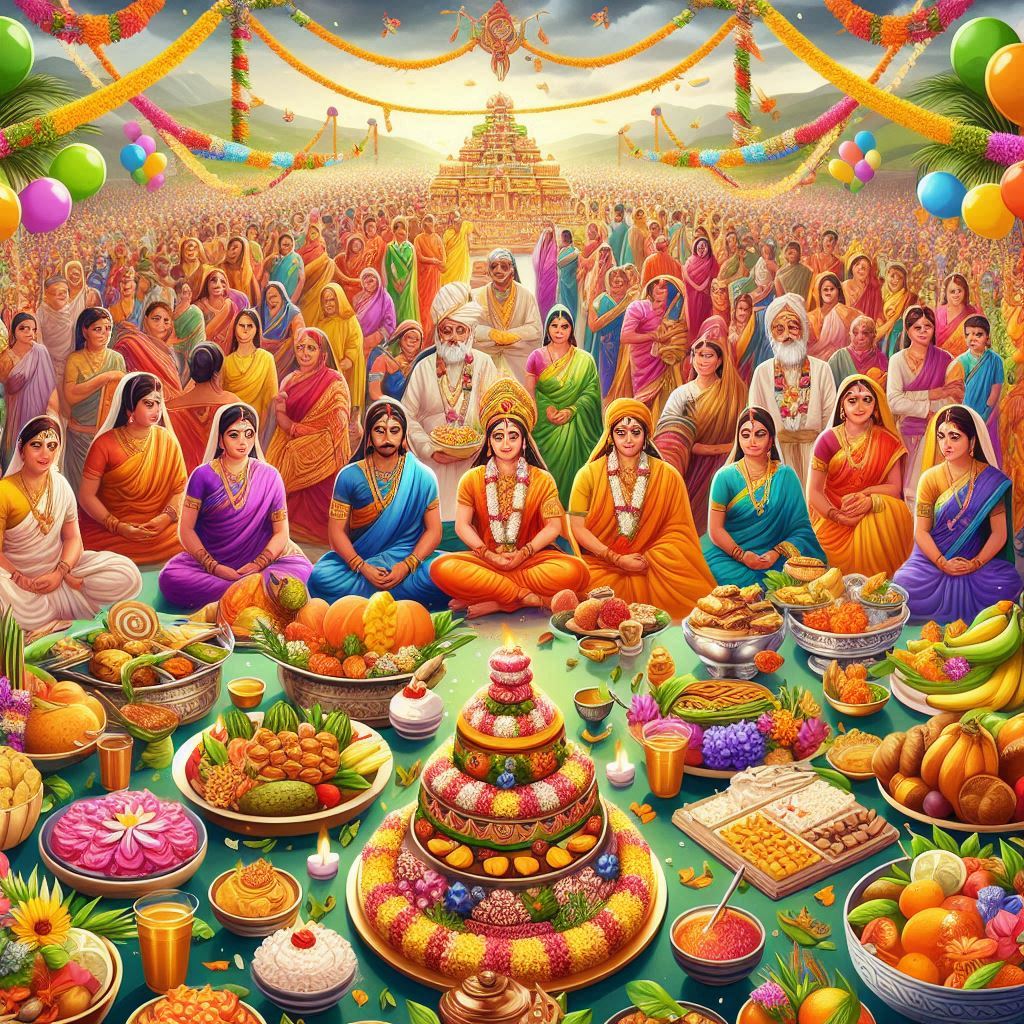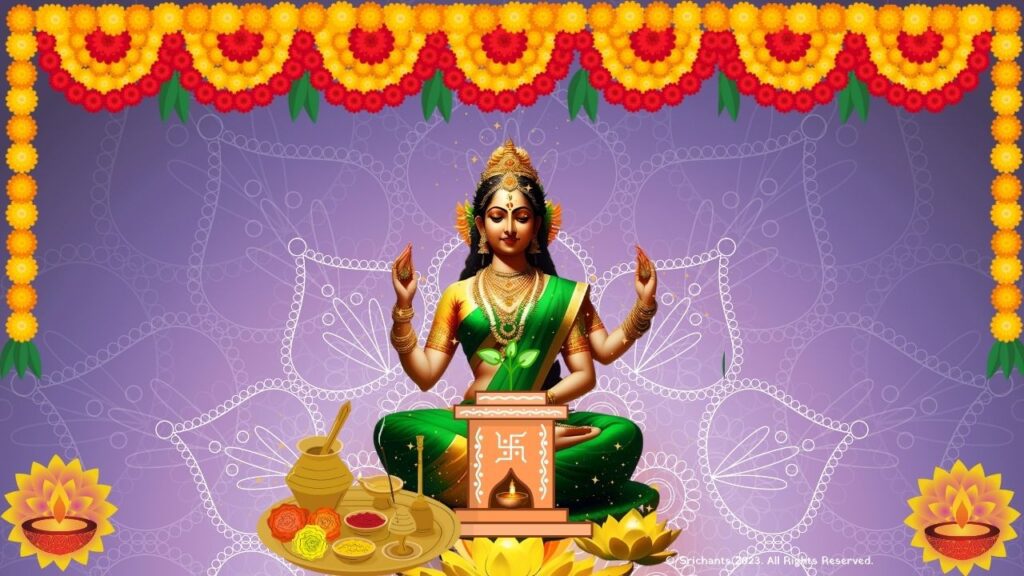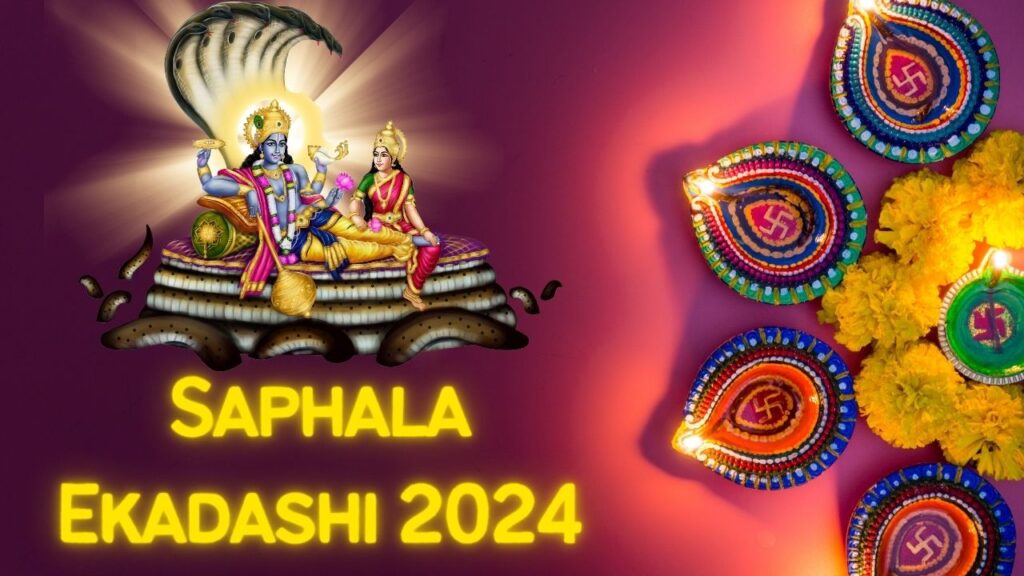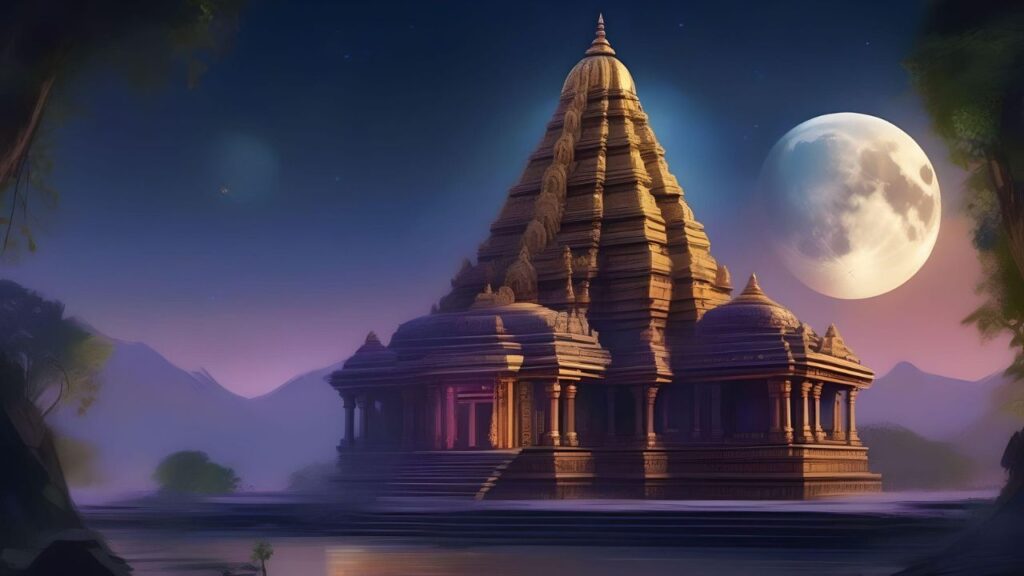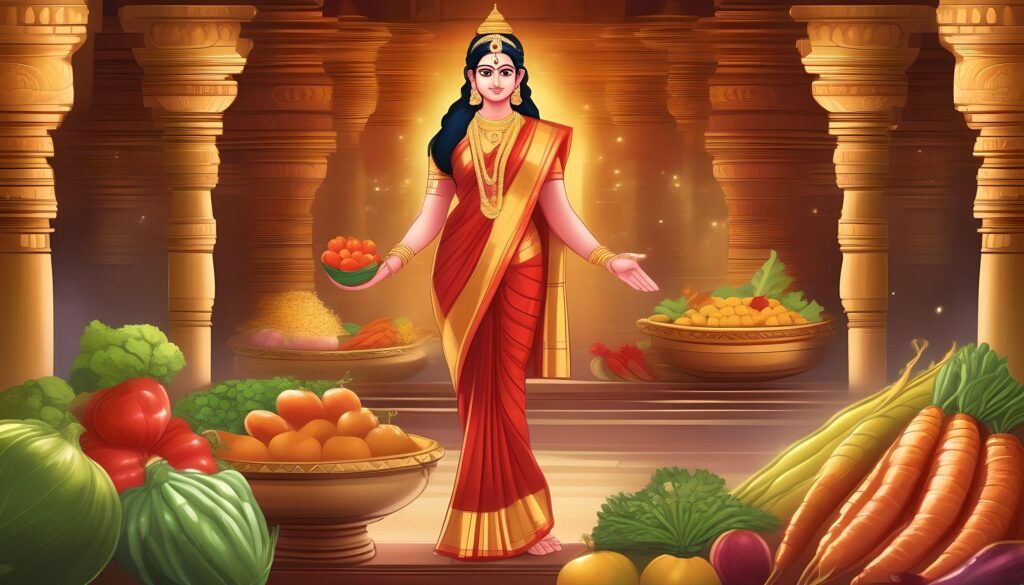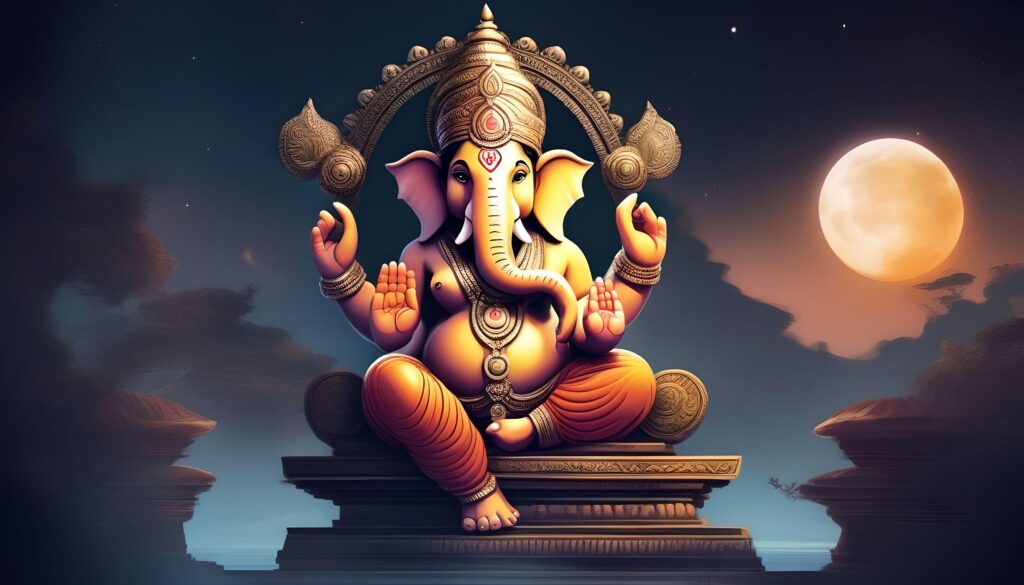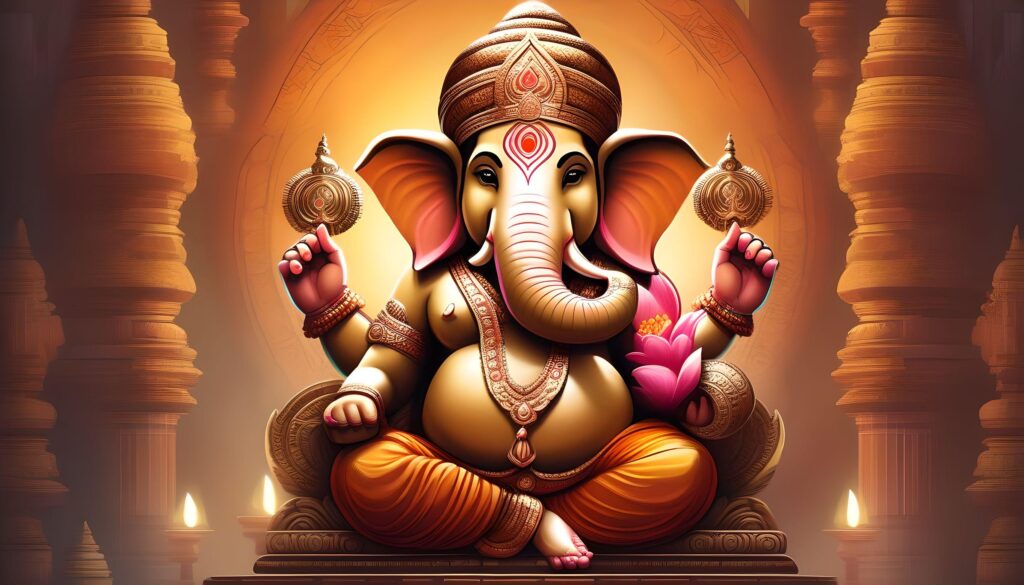Annakut Puja: A Celebration of Gratitude and Devotion
Annakut Puja, also known as Govardhan Puja, is a Hindu festival celebrated right after Diwali. This festival is filled with devotion, food offerings, and prayers. People observe this day to honor Lord Krishna and to give thanks for food and blessings. It is a joyful occasion that brings families and communities together.
The Story Behind Annakut Puja
Annakut Puja has its roots in Hindu mythology. The story tells us about the time when Lord Krishna, as a young boy, saved the people of Gokul from heavy rains. In the village of Vrindavan, the people used to worship Indra, the god of rain. They believed Indra controlled the rains and needed their prayers to bless them with water for crops and daily life.
But Krishna thought differently. He encouraged the people to worship the Govardhan Hill instead, as it provided them with everything they needed—grass for cattle, trees for shade, and fruits to eat. So, the villagers listened to Krishna and prepared a grand feast to worship the Govardhan Hill.
This made Indra very angry. He unleashed heavy rains to punish the villagers. However, Krishna lifted the entire Govardhan Hill on his little finger, protecting the people and their animals from the rain. This act showed that nature, represented by Govardhan Hill, provides all we need. Today, people celebrate Annakut Puja to honor this message.
What Does “Annakut” Mean?
The word “Annakut” means “mountain of food.” During this festival, devotees prepare a variety of dishes to offer to Lord Krishna and Govardhan Hill. This large spread of food represents abundance and gratitude. The food is arranged in the shape of a mountain, symbolizing the Govardhan Hill that Krishna lifted.
Why Do People Celebrate Annakut Puja?
Annakut Puja is celebrated for many reasons:
- Gratitude for Food: This festival is a way to thank God for providing food and resources for our daily needs. The mountain of food shows our appreciation for the blessings of food.
- Respect for Nature: The story reminds us to respect nature, which provides everything we need. By honoring the Govardhan Hill, people show their love for nature.
- Devotion to Lord Krishna: Lord Krishna is central to this celebration. His act of protecting the people of Vrindavan symbolizes his love and care for his devotees.
Key Rituals of Annakut Puja
Annakut Puja involves many rituals. Here are the main ones:
1. Govardhan Puja
People create a small model of Govardhan Hill using clay or cow dung. They decorate it with flowers and leaves. Then, they offer food, fruits, and sweets. People recite prayers and stories related to Lord Krishna and the Govardhan Hill. This ritual is known as “Govardhan Puja.”
2. Building the Annakut
Devotees prepare a large variety of dishes. This includes sweets, vegetables, rice, and snacks. They arrange this food in the shape of a mountain, symbolizing Govardhan Hill. Some families make hundreds of different dishes, but even a small variety is considered a good offering.
3. Lighting Diyas and Decorating Homes
During Annakut, homes are decorated with lights, flowers, and colorful patterns called “rangoli.” People light small oil lamps called “diyas” to make the evening festive and bright. This adds to the beauty of the celebration and keeps the Diwali spirit alive.
4. Chanting Prayers and Singing Bhajans
Families and communities gather to chant prayers and sing “bhajans,” which are songs in praise of Krishna. These songs and chants create a spiritual atmosphere. In temples, priests perform “aarti” (a ritual of waving lighted lamps) in front of the food offerings and Krishna’s idol.
5. Sharing the Prasad
After the prayers, the food is distributed among family members, friends, and community members. This food, called “prasad,” is considered sacred. Sharing the prasad with everyone shows unity and the importance of sharing blessings.

Annakut Puja in Temples
In India, temples celebrate Annakut Puja on a grand scale. Major Krishna temples like the Dwarkadhish Temple in Gujarat, Banke Bihari Temple in Vrindavan, and ISKCON temples worldwide celebrate with elaborate decorations and food offerings. In these temples, hundreds of dishes are prepared for the Annakut. Devotees come to these temples to offer prayers, receive prasad, and seek blessings for prosperity and good health.
Modern Celebrations of Annakut Puja
In modern times, people celebrate Annakut Puja both traditionally and in new ways. Some prepare simple feasts at home with their families, while others volunteer to prepare meals in community kitchens or temples. These meals are often given to those in need, spreading the spirit of giving and gratitude.
In cities around the world, especially where Indian communities are large, temples and cultural organizations arrange Annakut celebrations. People gather for prayer, share prasad, and enjoy the festival together. This helps people stay connected to their traditions and culture, even when living far from India.

The Deeper Meaning of Annakut Puja
Annakut Puja is more than just a festival of food. It reminds us of the values of humility, gratitude, and respect for nature. Lord Krishna’s lesson to the villagers of Vrindavan teaches us to respect what nature provides and to depend on it with gratitude.
How to Celebrate Annakut Puja at Home
Celebrating Annakut Puja at home is simple and meaningful. Here’s a guide to help:
- Prepare Food: Cook a variety of dishes, even if they are small portions. Try to make sweets, fruits, and vegetables. Arrange them nicely as an offering.
- Create a Small Govardhan Hill Model: Use clay or cow dung to make a small hill, symbolizing Govardhan. Decorate it with flowers and leaves.
- Say Prayers: Read stories of Krishna and recite simple prayers. You can also sing bhajans with family members.
- Light Diyas: Place oil lamps around the home, creating a warm and peaceful atmosphere.
- Share the Prasad: After offering the food, share it with family, friends, and neighbors.
Conclusion
Annakut Puja is a festival that celebrates gratitude, devotion, and the importance of nature. It reminds us to be thankful for the blessings of food and to respect the natural resources around us. By honoring Lord Krishna and Govardhan Hill, we show our appreciation for the things that sustain us.
Whether celebrated on a large scale in temples or a small scale at home, Annakut Puja brings people together. It strengthens our connection with God, nature, and each other.
Frequently Asked Questions (FAQs) About Annakut Puja
1. What is Annakut Puja?
Annakut Puja, also known as Govardhan Puja, is a Hindu festival celebrated after Diwali. It honors Lord Krishna and expresses gratitude for food and natural resources. The festival involves preparing a large variety of dishes to offer to Krishna.
2. Why is Annakut Puja celebrated?
Annakut Puja is celebrated to honor Lord Krishna’s act of protecting the villagers of Vrindavan from heavy rains. It also shows gratitude for food, blessings, and nature’s resources.
3. What is the meaning of “Annakut”?
“Annakut” means “mountain of food.” During the festival, devotees prepare a variety of dishes and arrange them like a mountain. This represents the Govardhan Hill that Krishna lifted to protect the people.
4. What food is prepared for Annakut Puja?
A wide variety of dishes are prepared, including sweets, vegetables, rice, lentils, and snacks. In some temples, hundreds of dishes are made. The food represents abundance and gratitude.
5. How do people celebrate Annakut Puja at home?
People celebrate by preparing food, creating a small model of Govardhan Hill, lighting diyas, saying prayers, and sharing prasad with family and neighbors. It is a time to express gratitude and enjoy blessings with loved ones.
6. Where is Annakut Puja celebrated on a large scale?
Temples dedicated to Krishna, like Dwarkadhish Temple in Gujarat and ISKCON temples worldwide, celebrate Annakut Puja on a grand scale. Many devotees visit these temples to take part in the rituals and receive prasad.
7. Can Annakut Puja be celebrated outside India?
Yes, Indian communities worldwide celebrate Annakut Puja. Temples and cultural organizations arrange for gatherings, food offerings, and prayers to keep the tradition alive.
8. What is prasad, and why is it important?
Prasad is the food offered to God and then shared among devotees. It is considered blessed and signifies sharing and unity. Prasad holds spiritual value and is believed to bring blessings.
9. Is Annakut Puja part of Diwali celebrations?
Yes, Annakut Puja is celebrated the day after Diwali. It is often part of the extended Diwali celebrations, bringing more joy and devotion.
10. How does Annakut Puja teach us to respect nature?
The story of Annakut Puja shows Krishna teaching villagers to worship Govard
han Hill instead of Indra. This reminds us to respect nature and be grateful for what it provides, emphasizing the importance of nature in sustaining life.
Annakut Puja is a festival that binds people in devotion, gratitude, and love for nature. It’s a time to celebrate the blessings we have and share them with those around us.
Reference: Buy Spiritual books
